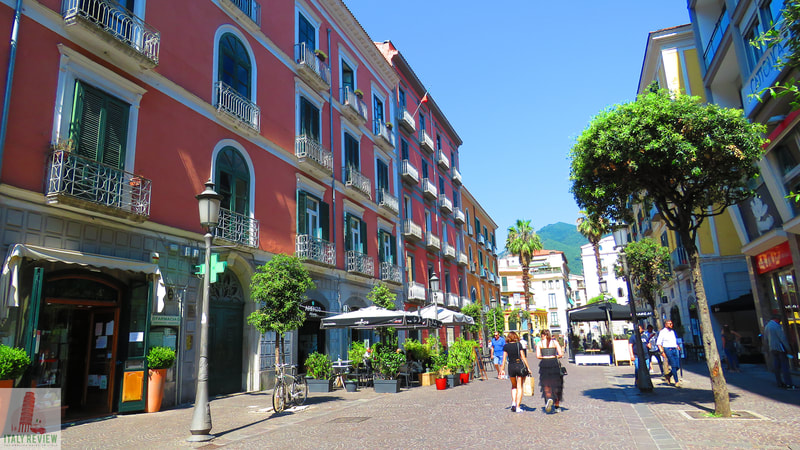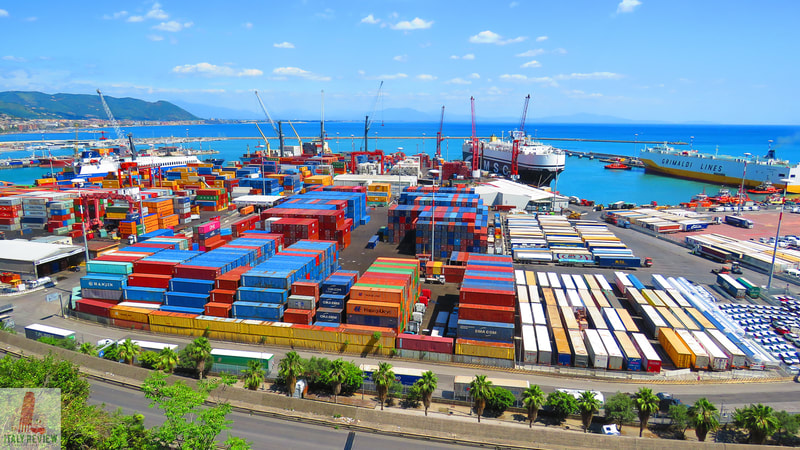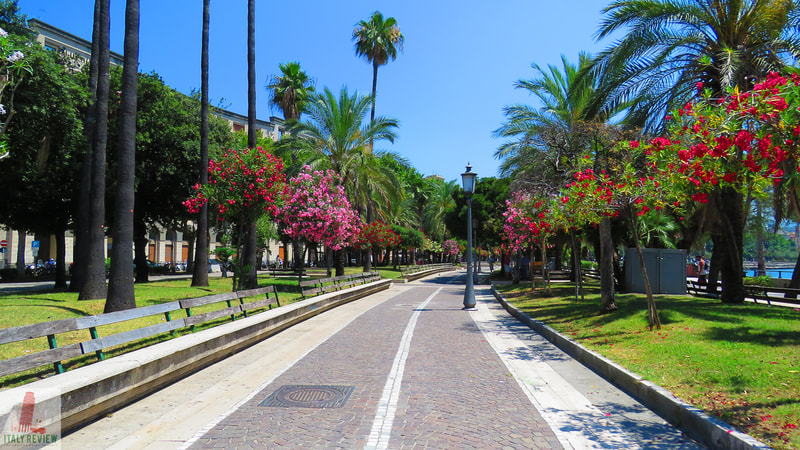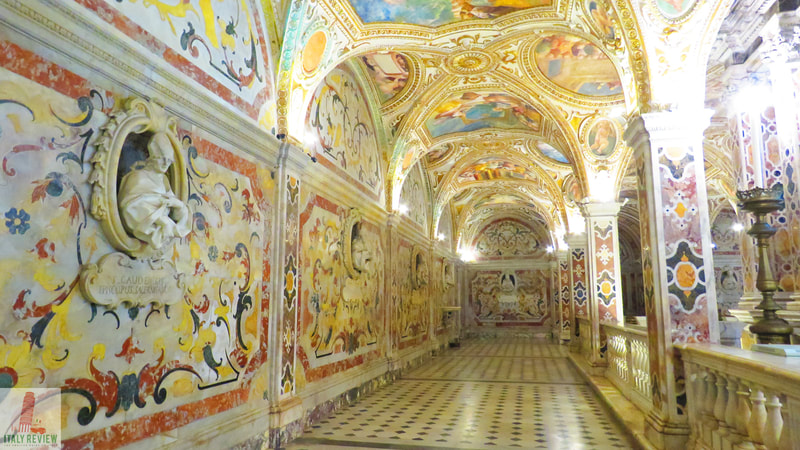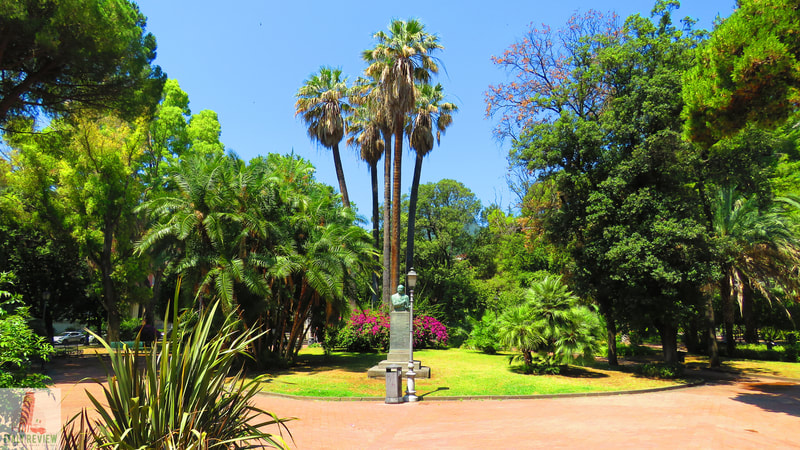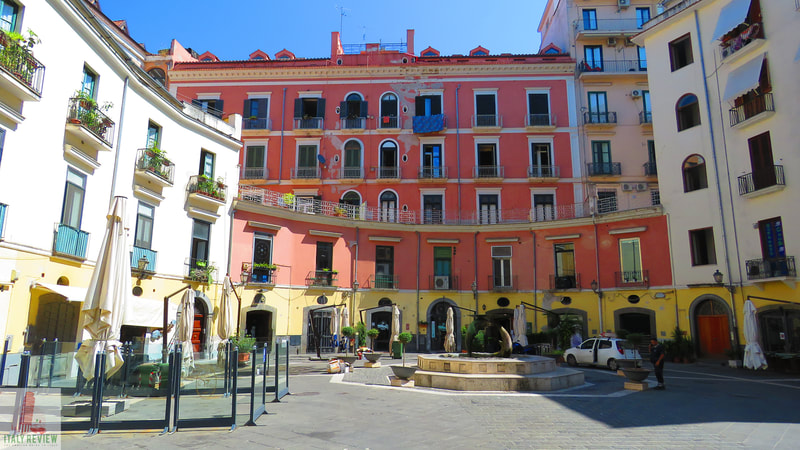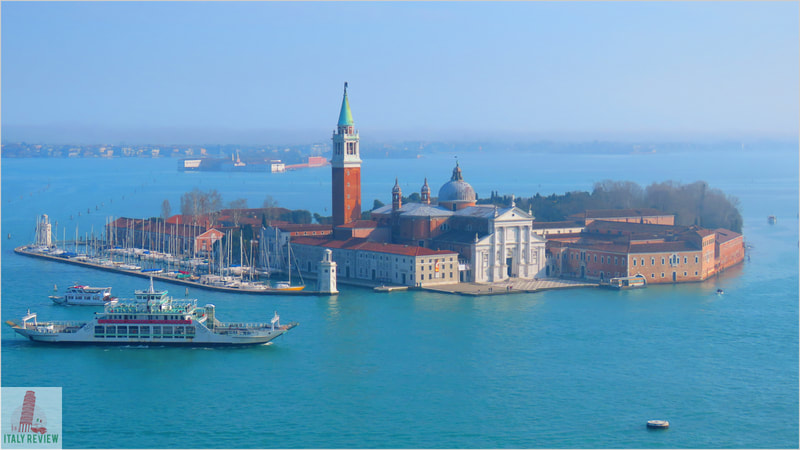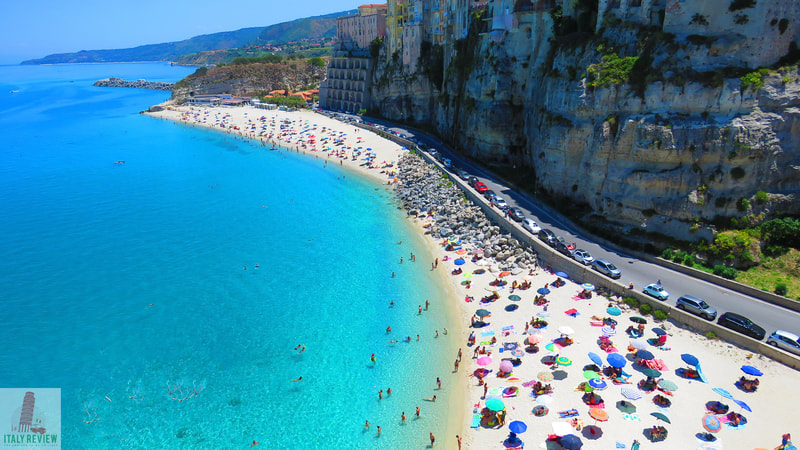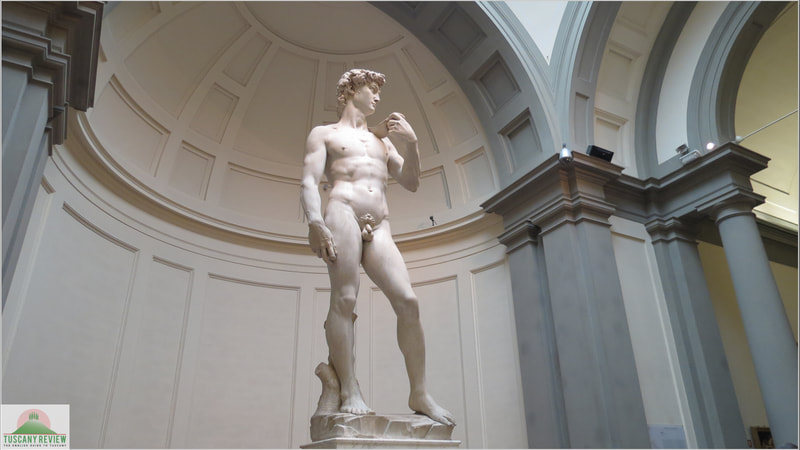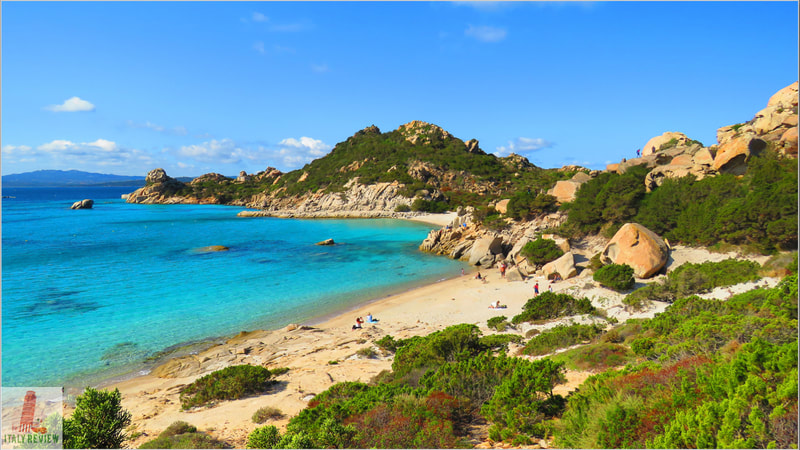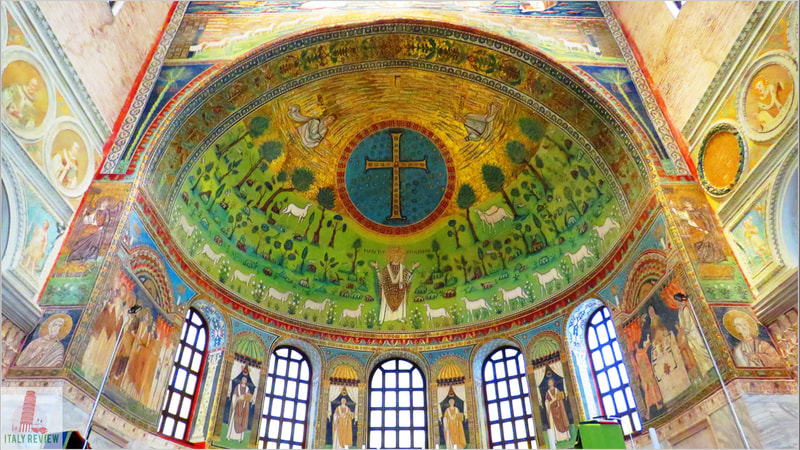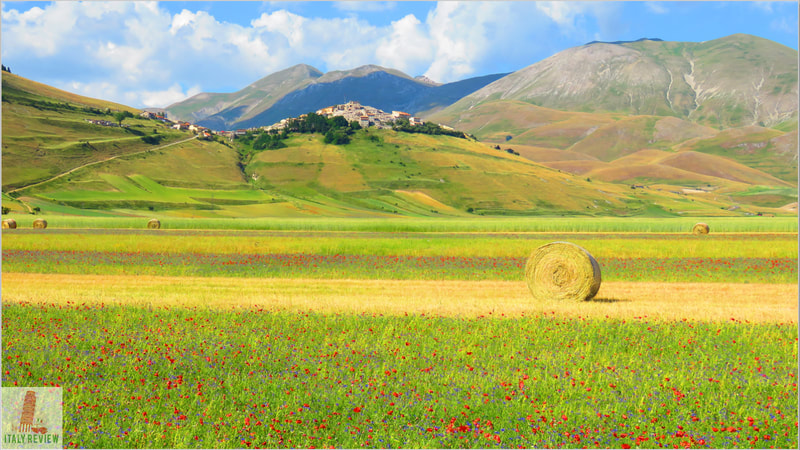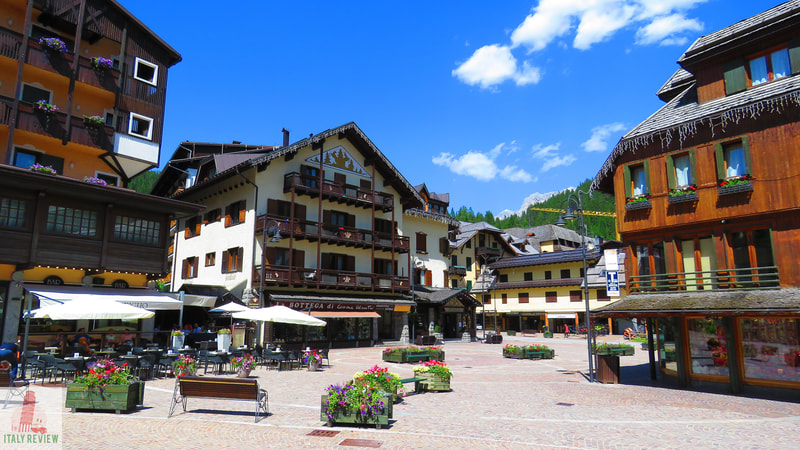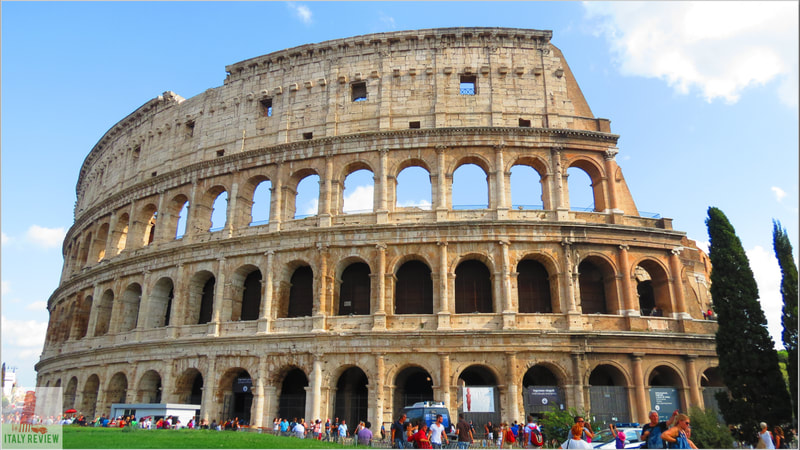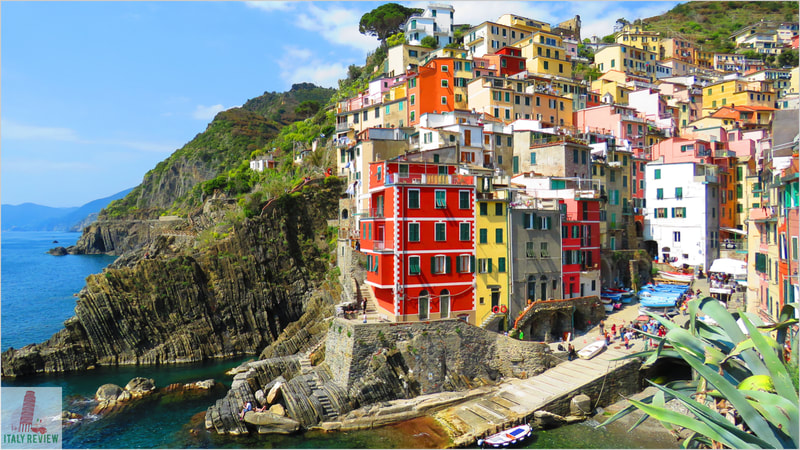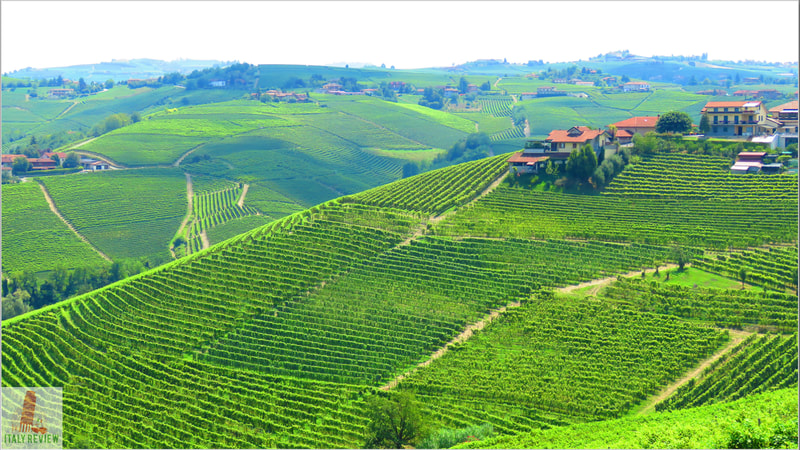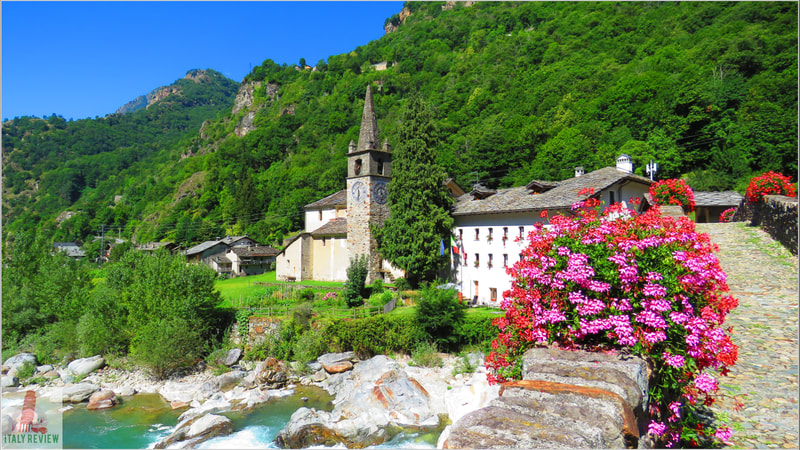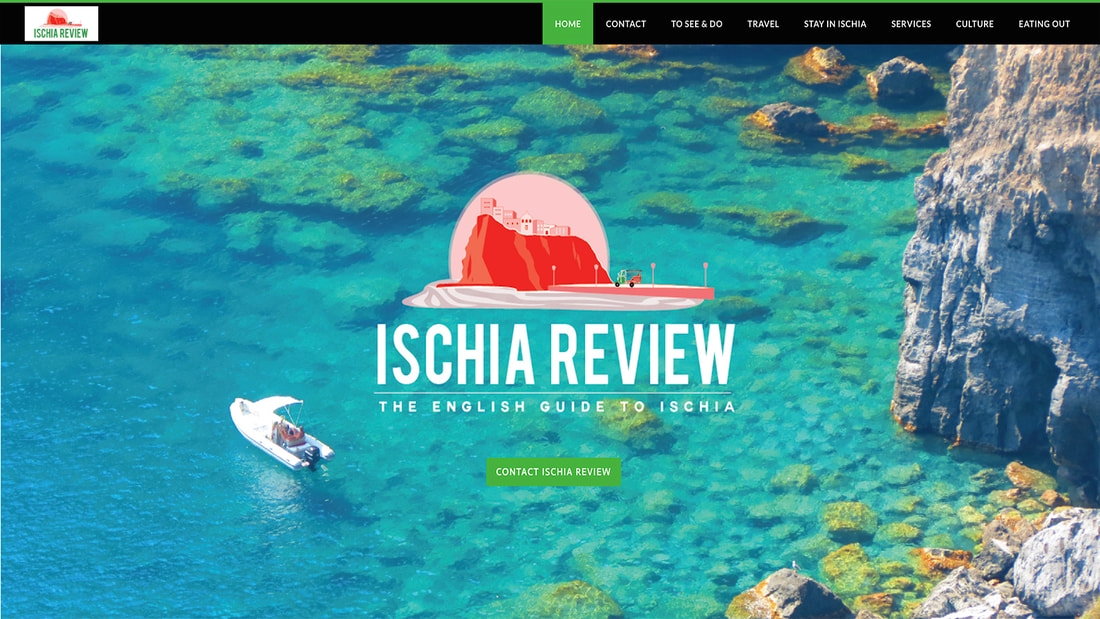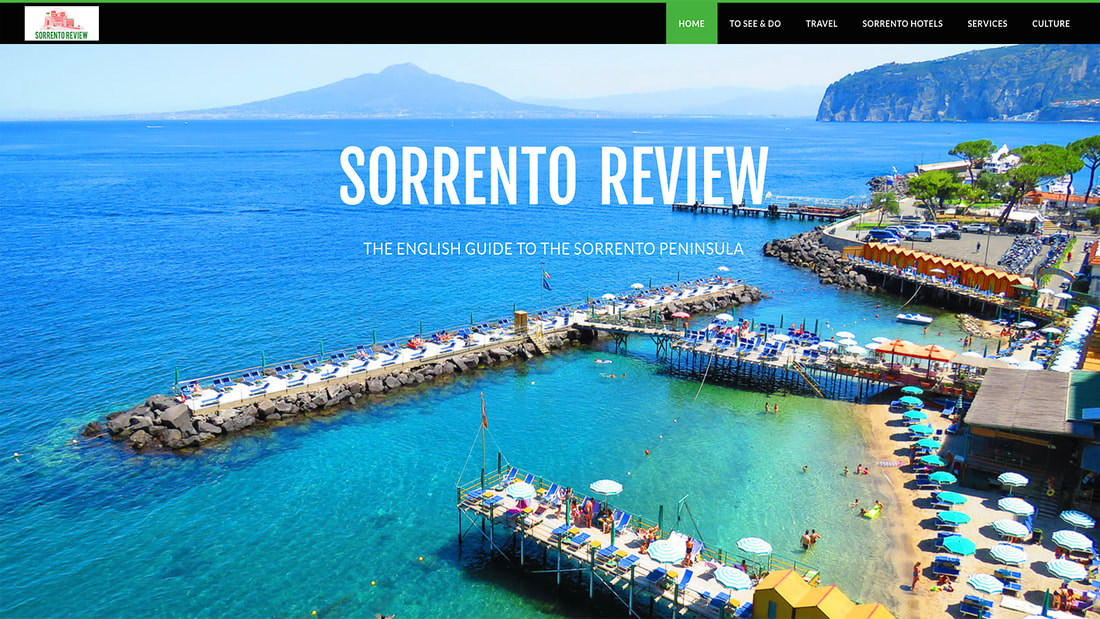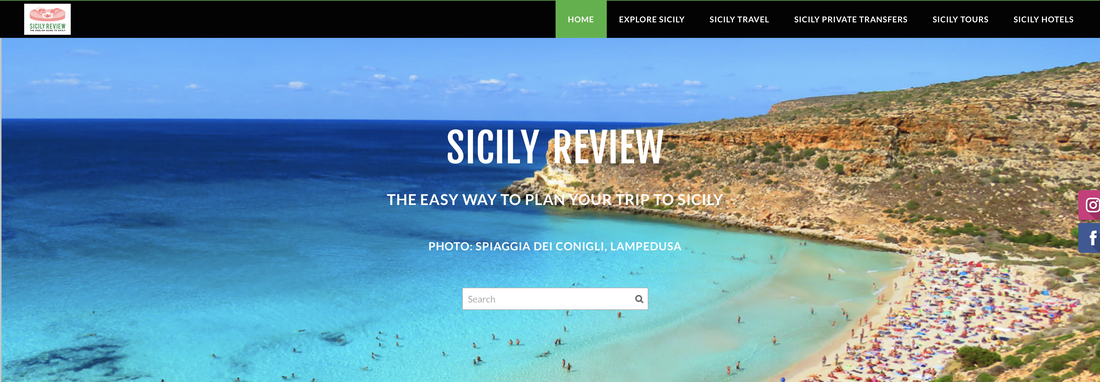Salerno
|
By Dion Protani
|
Latest update: 21 November 2023
|
|
Situated at the eastern end of the Amalfi Coast, Salerno is one of the most important cities in Campania; it's the capital and administrative centre of the eponymous province as well as a busy port for both cargo and tourism.
Most cultural life in Salerno centres around the seafront where you'll find joggers by day and strollers in the evening taking their "passeggiata". There's also a very healthy commercial side to the city with plenty of shops along its main streets such as Corso Vittorio Emanuele and Corso Giuseppe Garibaldi. |
Related links
Salerno: a city shaped by history
Established in 197 BC, the life-span of Salerno has covered the rise and fall of the Roman Empire, the medieval and Renaissance periods, the Risorgimento and notably the Second World War.
The city's current architectural state has been shaped by each of those periods in various degrees; at one stage in its history Salerno was able to boast the world's pre-eminent medical school and from this same period you can visit one of the city's main sights, its Cathedral which sits in the beguiling medieval quarter.
The old town is one of the most charming areas of the city but you don't have to walk far to find the wider, modern streets which were built in the aftermath of the terrible damage wrought by World War 2. Salerno was in fact the landing site of Operation Avalanche, the Allies' amphibious invasion of the Italian peninsula which saw fierce fighting and heavy casualties of American, British and German troops.
The city's current architectural state has been shaped by each of those periods in various degrees; at one stage in its history Salerno was able to boast the world's pre-eminent medical school and from this same period you can visit one of the city's main sights, its Cathedral which sits in the beguiling medieval quarter.
The old town is one of the most charming areas of the city but you don't have to walk far to find the wider, modern streets which were built in the aftermath of the terrible damage wrought by World War 2. Salerno was in fact the landing site of Operation Avalanche, the Allies' amphibious invasion of the Italian peninsula which saw fierce fighting and heavy casualties of American, British and German troops.
Sightseeing Salerno: along the main streets
Perhaps more so than many major Italian cities, Salerno's charms are equally attributable to its modern embellishments as those from its past. The aforementioned Corso Vittorio Emanuele and Corso Garibaldi are the main arteries through which the city folk go about their daily business.
Despite their relative modernity, these streets are not without their charms, and ducking between these parallel thoroughfares that charm is heightened by the graceful architectural curves on display at Piazza Gioia Flavio. Moving away from Piazza Gioia Flavio, you pass under a monument from another time: the 18th century city gate Porta Nova, one of the few structures in the city from that era.
Despite their relative modernity, these streets are not without their charms, and ducking between these parallel thoroughfares that charm is heightened by the graceful architectural curves on display at Piazza Gioia Flavio. Moving away from Piazza Gioia Flavio, you pass under a monument from another time: the 18th century city gate Porta Nova, one of the few structures in the city from that era.
Lungomare Trieste
Salerno's seafront is one that combines aesthetic beauty with sheer size. It stretches endlessly from one end of the city to the other, with the most attractive section that of the Lungomare Trieste.
The lungomare (promenade) is lined by palm-trees and oleanders, particularly attractive during the spring, and covers a one kilometre section of the seafront from the ferry port up to the small Santa Teresa Beach. This is a hugely popular area throughout the day, but particularly so during the evenings when it becomes the focus of the passeggiata.
The lungomare (promenade) is lined by palm-trees and oleanders, particularly attractive during the spring, and covers a one kilometre section of the seafront from the ferry port up to the small Santa Teresa Beach. This is a hugely popular area throughout the day, but particularly so during the evenings when it becomes the focus of the passeggiata.
Zaha Hadid's Stazione Marittima
The modern twists of Salerno are in greatest evidence at the western extreme of the lungomare where a complex of smart new commercial buildings is crowned by the magnificent Zaha Hadid-designed Stazione Marittima port terminal which was added to the cityscape in 2016.
Behind the Stazione Marittima is the attractive Villa Comunale park with its manicured walkways in perfect harmony with the foliage on display. This harmonious atmosphere is further heightened by the Teatro Verdi theatre which is right next to the park.
Behind the Stazione Marittima is the attractive Villa Comunale park with its manicured walkways in perfect harmony with the foliage on display. This harmonious atmosphere is further heightened by the Teatro Verdi theatre which is right next to the park.
From Giardino della Minerva to Salerno Cathedral
You can earn a different set of views of Salerno by heading away from the seafront, up the hill to the city's residential area. A public lift has been provided to ease some of the effort required to reach the elevated Giardino della Minerva, where you can enjoy the neatly-landscaped gardens and magnificent panoramas all at once.
From the Giardino della Minerva it's a relatively easy walk to the city's crowning glory: Salerno Cathedral. The eleventh century edifice is widely-regarded as one of Italy's most beautiful cathedrals; it's almost hidden from view, surrounded as it is by buildings of a similar height, but inspires awe upon entry into its courtyard. If visiting the Cathedral, it's essential to walk down the stairs into the crypt, which apart from housing the bones of Saint Matthew, is exquisitely decorated in marble.
From the Giardino della Minerva it's a relatively easy walk to the city's crowning glory: Salerno Cathedral. The eleventh century edifice is widely-regarded as one of Italy's most beautiful cathedrals; it's almost hidden from view, surrounded as it is by buildings of a similar height, but inspires awe upon entry into its courtyard. If visiting the Cathedral, it's essential to walk down the stairs into the crypt, which apart from housing the bones of Saint Matthew, is exquisitely decorated in marble.
Comune di Salerno
|
Province: Salerno
Region: Campania Population: 129,206 (source: ISTAT 1 January 2022) Size: 59 km² Highlights: Salerno Cathedral, lungomare (sea-front) Close by: Vietri sul Mare, Amalfi Coast, Cava de Tirreni, Battipaglia Main train station: Salerno Stazione (city centre) Fly to: Naples International Airport - 44 minutes by car (58 km) Recommended accommodation: Hotel Plaza |
Salerno Travel
The city lies in the Gulf of Salerno from where you can take ferries to important tourist destinations along the Amalfi Coast such as Positano and Amalfi but also slightly further afield to the likes of Capri, Ischia and Naples, all of which have direct maritime connections with Salerno during the peak summer months.
Salerno is well connected in the road network as well; from here to Vietri sul Mare at the start of the Amalfi Coast road takes around 10 minutes while there's also an important motorway junction close by from where you can travel south to Basilicata and Calabria or north to Naples, Rome and beyond.
Rail travellers can take advantage of Salerno's train connections, its train station acting as an important hub with trains coming and going in all directions from its 5 platforms and high-speed options available to the major Italian cities.
Salerno is well connected in the road network as well; from here to Vietri sul Mare at the start of the Amalfi Coast road takes around 10 minutes while there's also an important motorway junction close by from where you can travel south to Basilicata and Calabria or north to Naples, Rome and beyond.
Rail travellers can take advantage of Salerno's train connections, its train station acting as an important hub with trains coming and going in all directions from its 5 platforms and high-speed options available to the major Italian cities.

